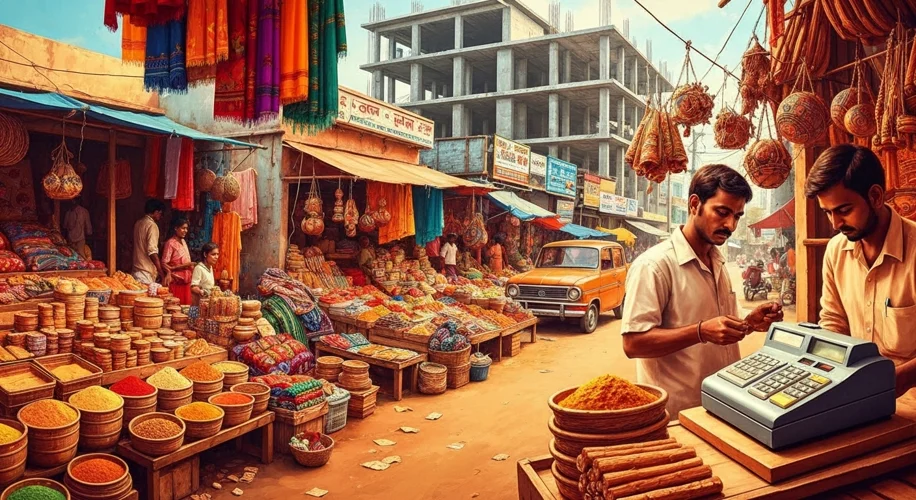The year is 1991. India, a nation of immense diversity and ancient traditions, stood at a precipice. Decades of socialist-inspired economic policies, often dubbed the ‘License Raj,’ had stifled innovation and growth. The economy was like a ship struggling against a gale, burdened by protectionism, state control, and a labyrinthine bureaucracy. Then, a crisis hit – a balance of payments crisis so severe that India had to pledge its gold reserves to secure international loans. It was a moment of stark reckoning, a wake-up call that something profound had to change.
Imagine the scene: a nation accustomed to the slow, deliberate pace of government approvals, where starting a business or importing a machine required mountains of paperwork and a healthy dose of patience. This was the reality for generations of Indians. The vision was one of self-reliance, of shielding domestic industries from foreign competition. While noble in intent, it often led to inefficiency, lack of quality, and a disconnect from the rapidly evolving global marketplace. For the common person, this meant limited choices, higher prices, and a ceiling on aspirations.

Amidst this backdrop, a group of visionary leaders, including the then Prime Minister P.V. Narasimha Rao and his Finance Minister Manmohan Singh, recognized that the existing path was unsustainable. They understood that India could not thrive in isolation. The world was changing, economies were becoming increasingly interconnected, and India needed to open its doors to participate. Their decision was bold, almost audacious: to dismantle the old structures and embrace economic liberalization.
This wasn’t a decision made lightly. It involved navigating a political landscape fraught with ideological resistance. The idea of welcoming foreign investment and reducing government control was met with apprehension by many who feared a loss of national sovereignty and a surge in inequality. However, the proponents argued that liberalization was not about abandoning India’s principles but about empowering its people and its industries to compete and flourish on a global stage.
Suddenly, the ‘License Raj’ began to crumble. Barriers to trade were lowered, foreign investment was courted, and private enterprises were given more freedom to operate. The effects were not instantaneous, but the seeds of change were sown. Companies that had been dormant began to stir. New industries emerged. The Indian consumer, once limited, began to see a wider array of products and services. The IT sector, in particular, began to blossom, leveraging India’s skilled workforce and English-speaking population.

The consequences of these reforms were far-reaching. India’s GDP growth accelerated significantly in the following decades. Poverty levels began to decline, and a new middle class emerged, fueled by opportunities in manufacturing, services, and technology. India became a more attractive destination for global businesses, integrating further into the world economy. The liberalization of 1991 was not just an economic policy shift; it was a fundamental reorientation of India’s place in the world.
However, the transition was not without its challenges. The pace of reform, the impact on small businesses, and the equitable distribution of the new wealth became subjects of ongoing debate. The old structures, though weakened, still cast a shadow, and adapting to the rapid changes proved difficult for some sectors and segments of society.
Looking back from 2025, the economic reforms of the early 1990s represent a pivotal moment in modern Indian history. They were a testament to the courage of leaders who dared to challenge the status quo and embrace a future of global integration. This period transformed India from a largely protected economy into a vibrant, dynamic force on the world stage, unleashing the potential of its people and setting it on a path of unprecedented growth and opportunity. It was an economic awakening, a moment when India chose to chart a new course, propelled by the winds of globalization.

